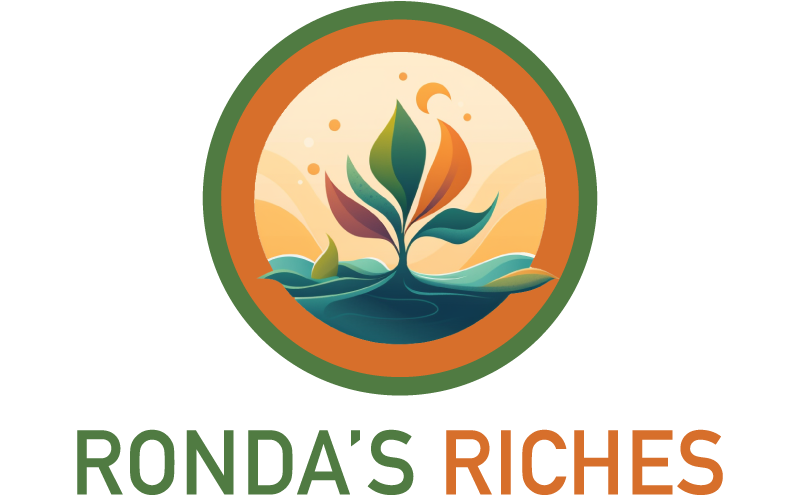Sugar, the much-adored ingredient that sweetens life but often adds unnecessary calories and risks to our health, has been the subject of scrutiny for years. With increasing rates of diabetes and obesity, the focus has shifted toward finding alternatives that offer the sweetness of sugar without its detrimental effects. Enter sugar substitutes, which come in various forms and boast diverse benefits. How do these options compare when measured against one another? And more importantly, what are their ideal uses? This article takes you through the unique characteristics, health implications, and best applications of popular sugar substitutes like Stevia, aspartame, and monk fruit, among others.
Stevia, extracted from the leaves of the Stevia rebaudiana plant, is a calorie-free natural sweetener that’s up to 300 times sweeter than regular sugar. Its unique selling point is its minimal impact on blood glucose levels, making it an attractive option for diabetics. However, the excessive sweetness of Stevia can be a turn-off for some people. It has a slight licorice-like aftertaste that may not be universally loved. Best uses for Stevia include beverages like coffee and tea, as well as sauces and dressings where you need only a smidge of sweetness to balance flavors.
Aspartame is a synthetic sweetener commonly found in diet sodas and sugar-free chewing gum. Although it contains calories, the amount needed for sweetening is so minuscule that its caloric contribution is often negligible. Unlike Stevia, aspartame has no pronounced aftertaste, but its safety has been the subject of debate. Although it has received approval from health organizations, there are concerns about potential adverse effects when consumed in large quantities over extended periods. Aspartame is highly versatile and works well in a variety of cold beverages and desserts. However, it loses its sweetness at high temperatures, making it unsuitable for baking.
Monk fruit, another natural alternative, derives its sweetness from antioxidants called mogrosides. It’s calorie-free like Stevia but lacks the controversial aftertaste. Monk fruit sweeteners are often blended with other substances like erythritol to reduce cost, as they can be quite expensive. Given its stable structure, monk fruit is ideal for a wide range of culinary applications, from baking to beverages. The downside? The cost factor makes it less accessible for everyday use.
Sucralose is a chemically modified form of sugar that’s about 600 times sweeter and is calorie-free. Marketed under the brand name Splenda, it’s one of the most heat-stable sugar substitutes, making it excellent for baking and cooking. However, sucralose can alter gut microbiota and is not recommended for people with certain digestive issues.
Agave nectar, derived from the agave plant, is another natural sweetener that has gained attention. Unlike other substitutes, agave is high in fructose and does contain calories. It has a low glycemic index but should be used sparingly, especially by those watching their calorie intake. Agave works particularly well in liquid-based recipes like cocktails or smoothies.
Each of these sugar substitutes offers its unique set of advantages and drawbacks, affecting everything from blood sugar levels to digestive health. The key to making the best choice lies in understanding your specific needs and the particular demands of the recipe at hand. Whether you’re baking a cake, sweetening your morning coffee, or preparing a savory dish requiring a touch of sweetness, there’s likely a sugar alternative well-suited for the job.
In conclusion, the realm of sugar substitutes is as diverse as it is controversial. From natural sweeteners like Stevia and monk fruit to synthetic options like aspartame and sucralose, each has its ideal application and health implications. While natural options may appeal to those wary of chemical additives, synthetic substitutes often offer versatility and affordability. Your choice will ultimately depend on your specific dietary needs, your taste preferences, and the culinary application in question. As our understanding of these sugar substitutes continues to evolve, so too will our ability to make informed decisions that accommodate both health goals and palate preferences.

